Related Tags
Fender Highway Series Dreadnought: another bold new step for Fender guitar design
Fender attempts to blend elements of Acoustasonic design with a more traditional acoustic outline, with mixed results
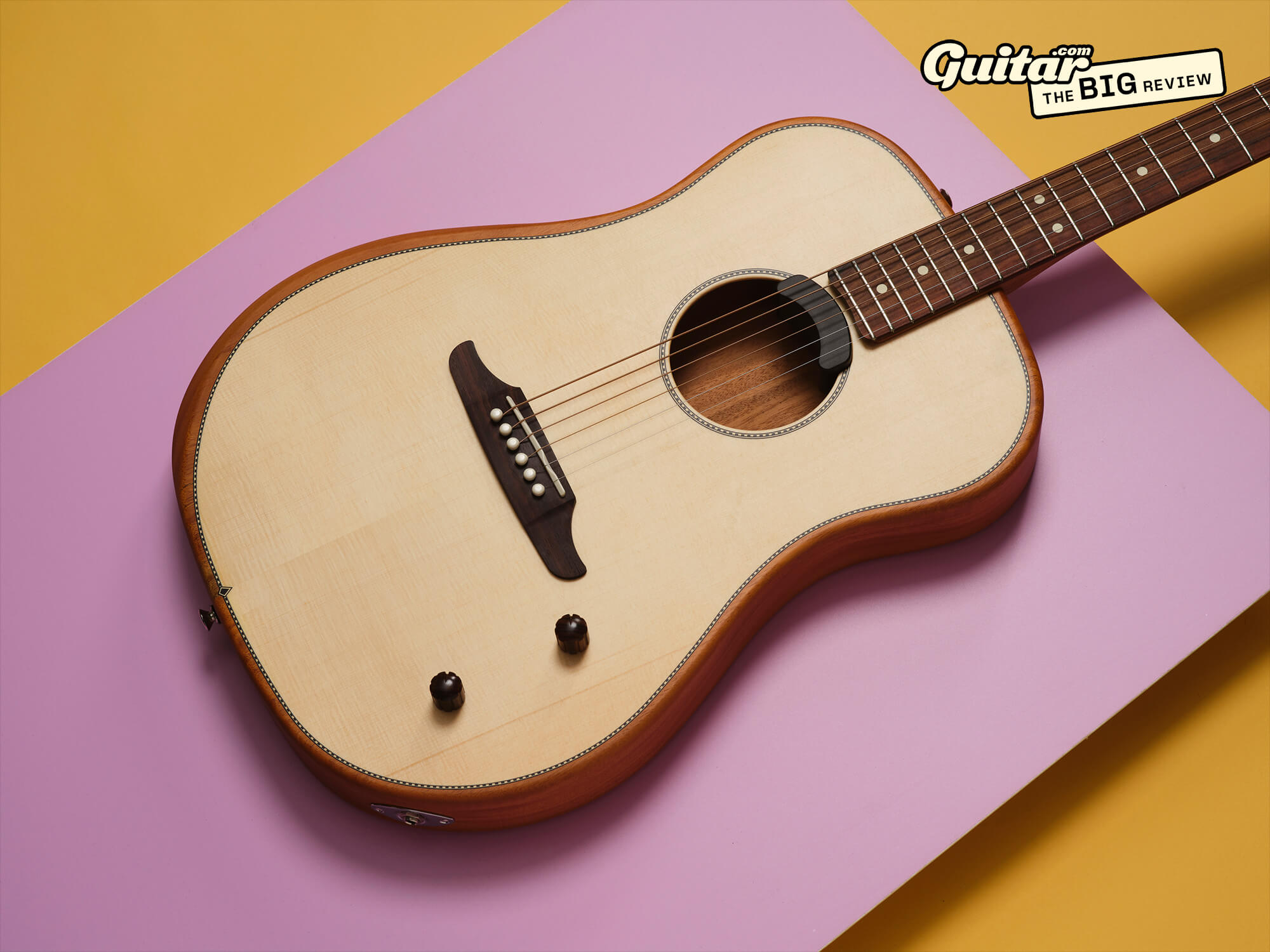
Fender Highway Series Dreadnought. Image: Adam Gasson
Review Overview
Our rating
7
Our verdict
$999/£949, Fender.com
Has Fender just launched one of the most forward-thinking electro-acoustic instruments of the 21st century? A woody new line of feedback-resistant, custom pickup-loaded slim-line electric guitars with solid soundboards braced like acoustic guitars could certainly make that argument very compelling.
There is, Fender explains in the chirpy promotional copy, an unaddressed niche between the conventional acoustic guitar — that traditional wooden box — and Fender’s own groundbreaking Acoustasonic series of hollowed-out Strats, Teles and Jazzmasters replete with sound holes and multiple active pickups as ‘Acoustic Engines’. This missing link, Fender maintains, is the new Highway Series of electro-acoustic guitars and almost synchronous with that mic drop announcement, one of these new instruments arrives at my door.
Although nominally a dreadnought, this guitar has a thinline body and a bolt-on neck that comes complete with the largely, but perhaps somewhat unfairly, reviled 1970s style three-bolt Micro-Tilt adjustable design. There’s also a Strat-style arm bevel and rib contour to make this guitar as far from a 1930s Martin as you can get. Since its inception in 1946 the Fender brand has been associated with some of the most evocative and beautiful guitar designs ever created. Alas, this is not one of them, to these eyes at least.
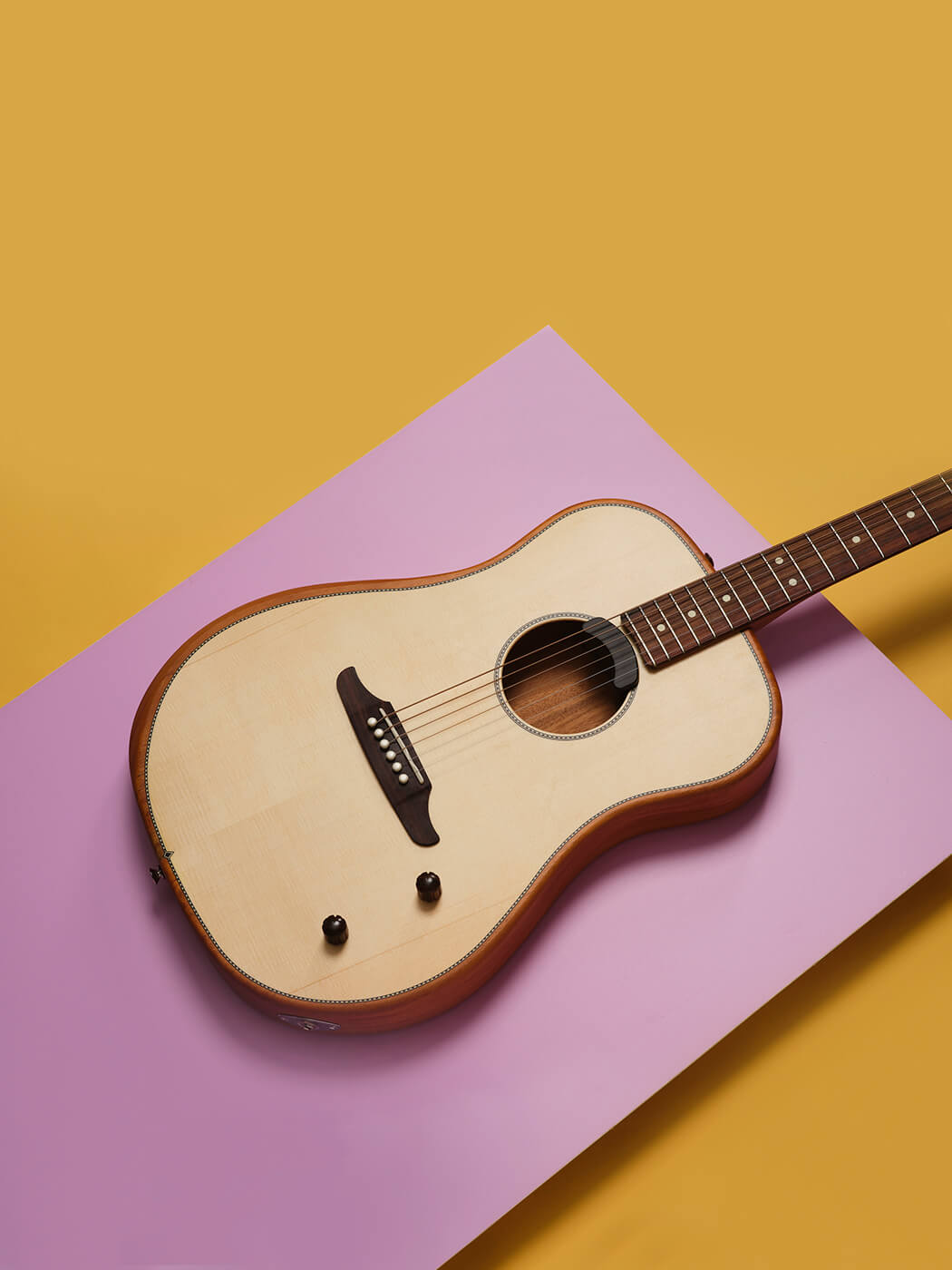
The instrument features a slightly tangerine-hued mahogany body and a mahogany neck with a rosewood fretboard. For this reviewer, it still remains slightly disconcerting to see a Fender headstock on anything other than a maple neck. Speaking of which, the headstock itself is slightly rounded, think 70s Coronado rather than 50s Strat. The whole guitar is finished in a barely-there satin – just like the backs, sides and arm bevels of the Acoustasonic range.
Perhaps the most immediately striking feature of this guitar is the spruce soundboard (it’s also available in a mahogany option), which although it probably wouldn’t make the grade in a full acoustic guitar, looks ok here. It even features a couple of small flashes of Bearclaw figure – if that’s your thing. The soundboard features a reinforced bracing structure Fender calls a ‘tapered floating X bracing pattern’. It’s an intriguing concept and Fender remain tight-lipped on what it actually involves, but shining a torch through the soundboard reveals a large X brace and a single tone bar.
At the heart of the electro-acoustic side of things is a newly designed Fishman Fluence acoustic pickup – a curved magnetic Core pickup positioned close to the base of the guitar’s neck, with master volume and contour knobs on the soundboard. The latter pans between two different EQ settings. This system is powered by a 9-volt battery which is accessed round the back. Probably a good idea to carry a spare in the Deluxe gig bag (the same high-quality FE1225 example offered with the Acoustasonic models). Unlike the US and Mexico-made Acoustasonics’ systems, this guitar is all-analogue with no inbuilt overdrive or any mic sound ‘imaging’.
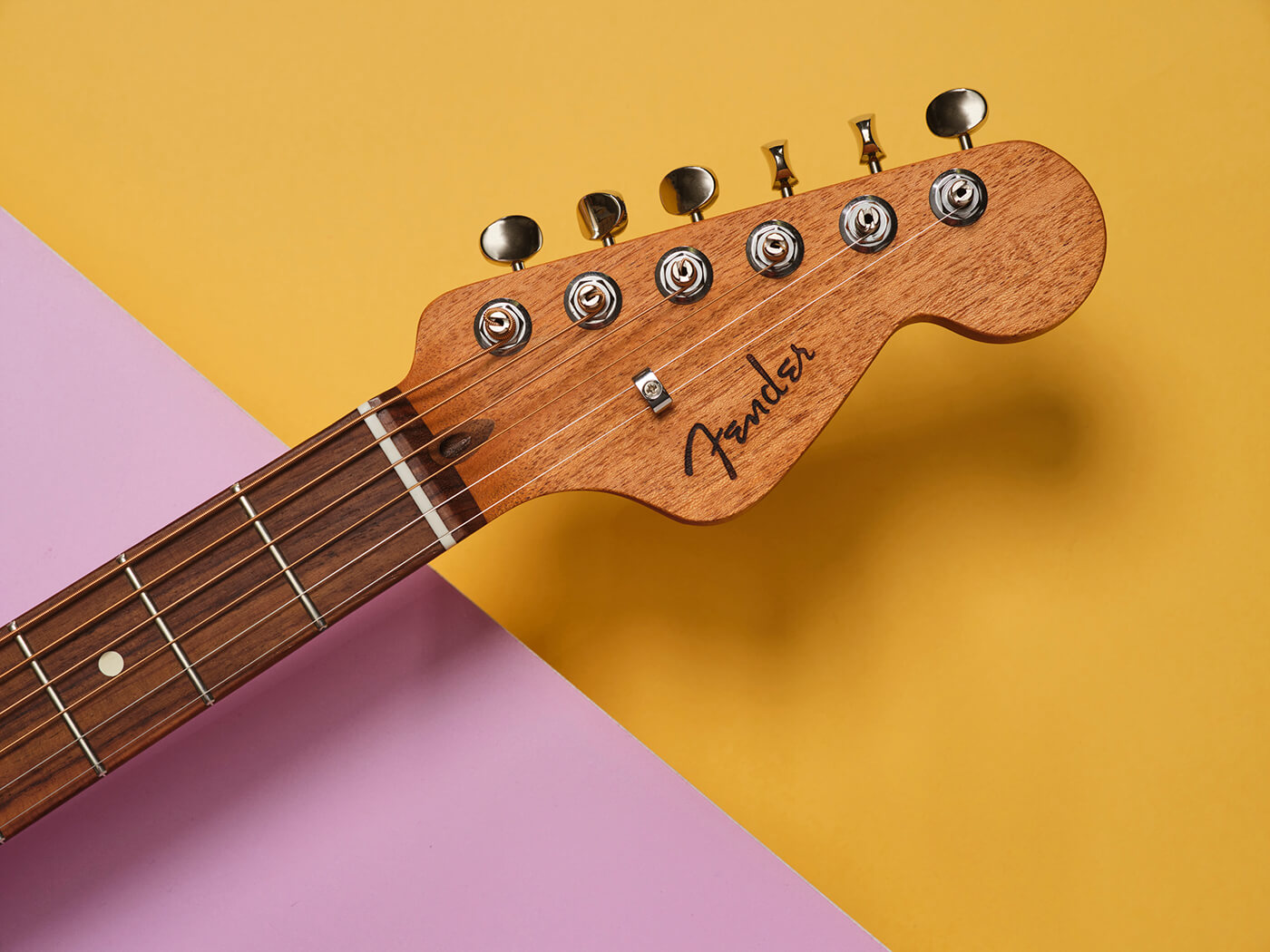
In Use
Seeing as Fender has gone to the trouble to give this guitar some sort of acoustic response it makes sense to explore its unplugged voice. This doesn’t take long. Unplugged, this Dreadnought model has a timbral spectrum and dynamic range similar to a Baby Taylor but without the bass response. You could probably sit it in an acoustic mix if you were looking for a character texture but that’s about it. That said, it’s not the star of the show so let’s plug in.
Taking a direct line into a Universal Audio Apollo and listening back over a pair of Genelec speakers reveals a zingy plugged-in sound with none of the aggravating quack of a piezo system. Anyone who has used a guitar with a Fishman Rare Earth or Baggs M1 pickup system will find this a familiar and workable sound in terms of response and feel. It is tempting to think that the shape of the pickup might make for a ready-made scooped mid sound as the bass and treble are closer to the bridge, but in reality the frequency response feels flat and consistent. This is a good thing – a solid blank canvas to work with.
Fender has pitched this line as an ergonomic improvement to traditional acoustic guitars that can deliver superlative plugged-in results. The chances are that 99% of the action that these guitars will see is in strumming to support vocals. The slim neck, with its astonishingly precise 1.6875” nut width, and correspondingly tight string spacing at the bridge back this up. As a plugged-in janglebox the Highway Series Dreadnought does a decent job of delivering a workable sound. It’s slightly squishy, with a roundness to the initial attack in the bass that means that some of the transient is lost – especially when in a full mix. The treble however, remains present throughout, as does a little hiss in the top end.
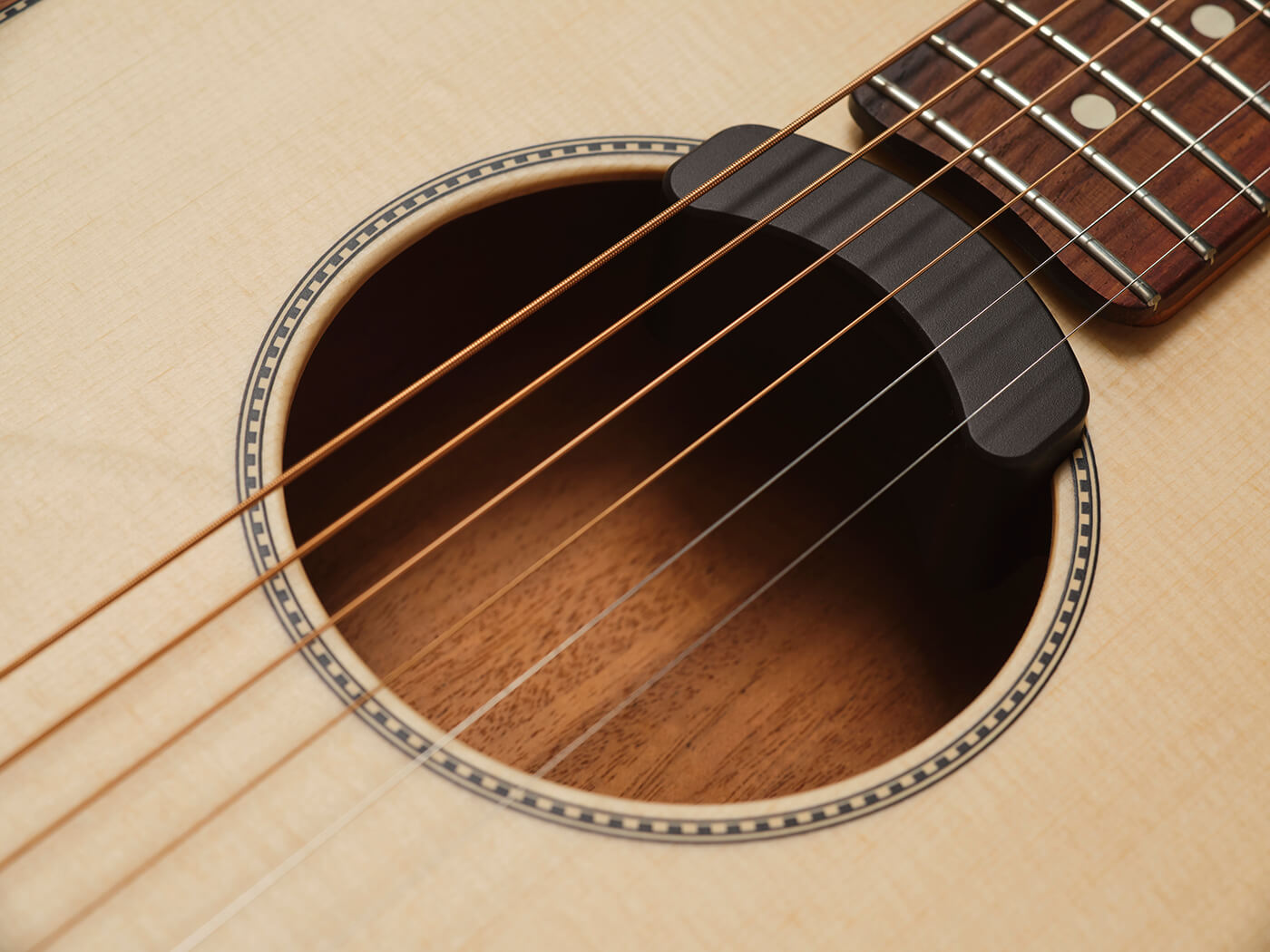
Knocking the contour control back brings out some remarkable archtop-style sounds which work well for chord comping and smooth jazz octave work. Neo-soul ideas work well too, especially with a touch of compression. Once again we can’t help thinking that ‘blank canvas’ is one of the best ways to describe this instrument.
Plugging into a dedicated acoustic line array-style amp, the results are almost exactly the same as over the studio monitors. There’s no shame in some gentle EQ tweaks of course and once I’ve tightened up the bass and scooped the middle a touch we have a closer approximation of a plugged-in acoustic guitar sound. Which is great, if that’s what you were hoping for in the first place.
The difficulty with an instrument of this nature is that what the pickup is actually picking up is necessarily dictated by the quality of vibration being created on that instrument. Despite all the hard engineering and technical work that’s gone into the Highway Series, that still has an impact on the sound you’re hearing – and it’s one that doesn’t stand out from the mid-priced acoustic crowd.
Which is why you’re left trying to imagine exactly who this is for. The price point at the thick end of $999 puts it out of the impulse buy category for the majority of players. It also puts it in direct competition with many dedicated electro-acoustic guitars with different, and it must be said more successful, approaches to the amplified experience – such as Yamaha’s Silent Guitar, LAVA’s ME3 or indeed Fender’s own Acoustasonics.
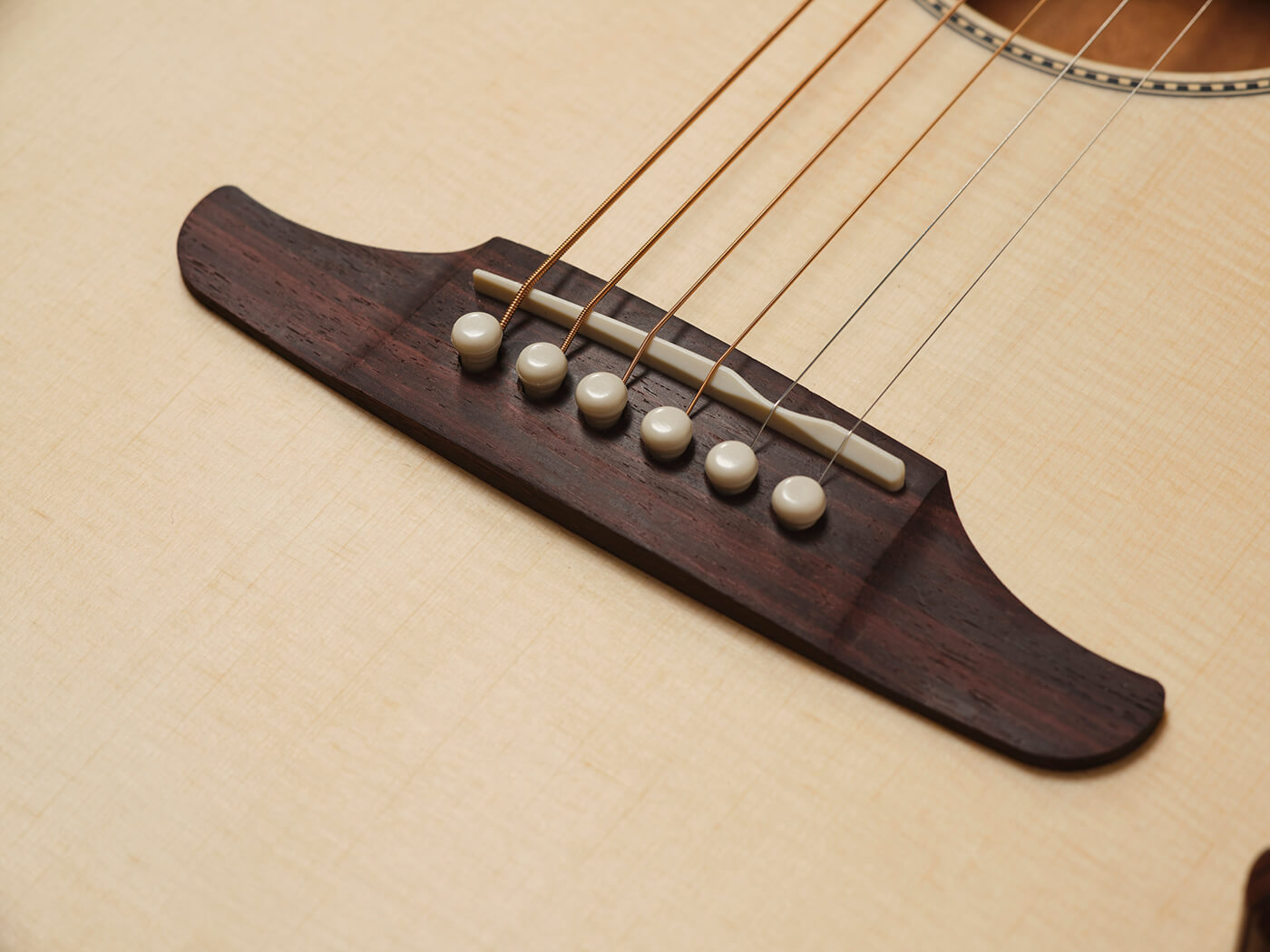
The good news is that the Highway Series Dreadnought does offer some of the smooth playability of the Acoustasonic, without that series’ electric guitar tonality for players who don’t want or need those sounds. And it offers a different pickup that’s more suited to those players as a result – and will also offer superior battery life without the onboard modelling required on Fender’s hybrid.
Ergonomically it’s also a more comfortable and accessible ride for those who struggle with the ballast of a full-size acoustic, and maybe that’s where the Highway becomes a prospect worth considering.
There’s no doubt that there’s a trade-off here, though – the plugged sounds are lacking compared to a traditional acoustic with a decent pickup system, or indeed some of the better modelling options out there.
But if you find the dimensions and playability of a traditional acoustic problematic for gigs and you don’t want extraneous tech getting in the way of your performance, this is definitely worth an audition.
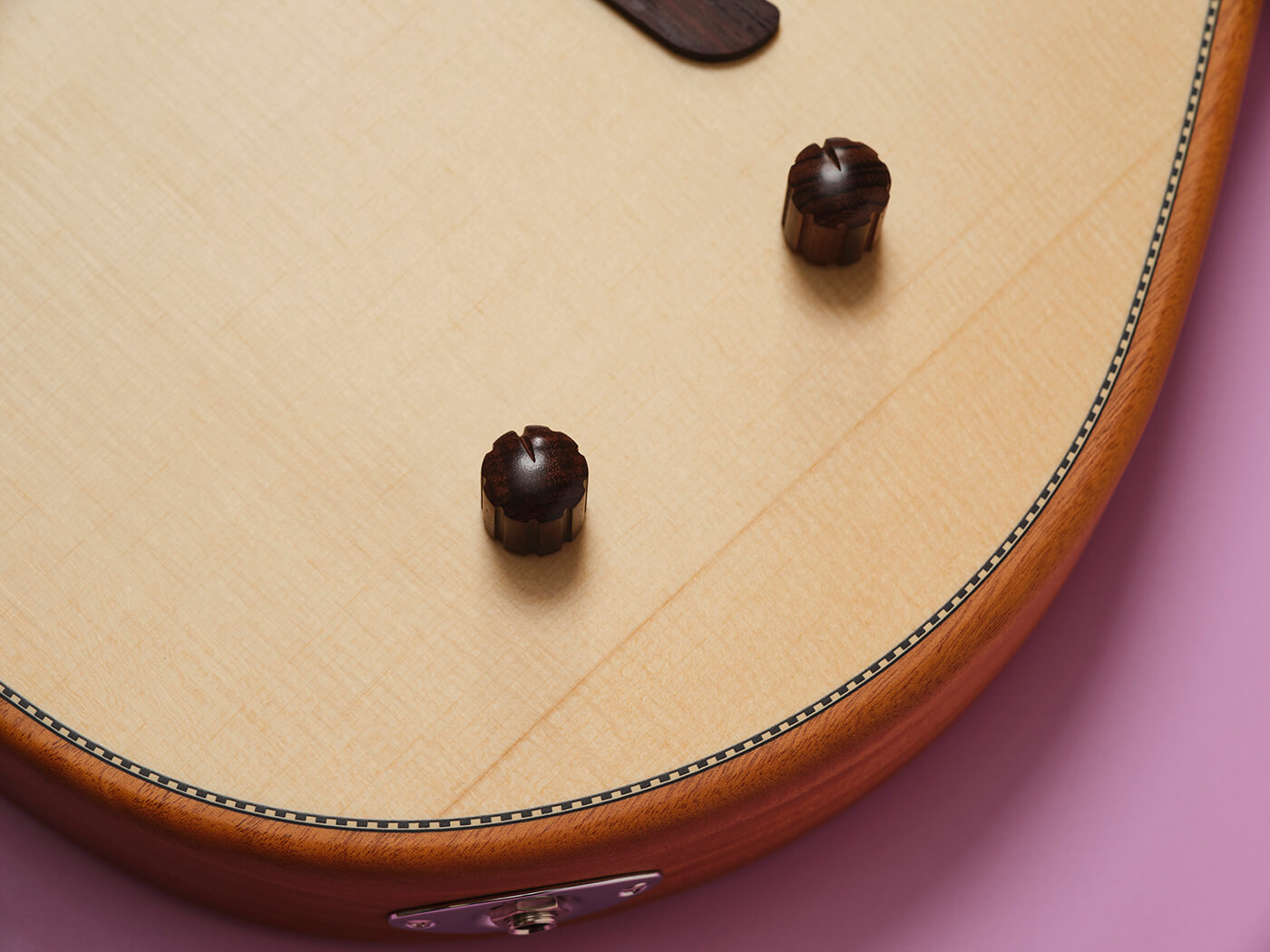
Like this? Try these
- Yamaha SLG200S Silent guitar £696/$849
- ESP LTD TL-6 £755/$699
- LAVA ME3 £899/$799
